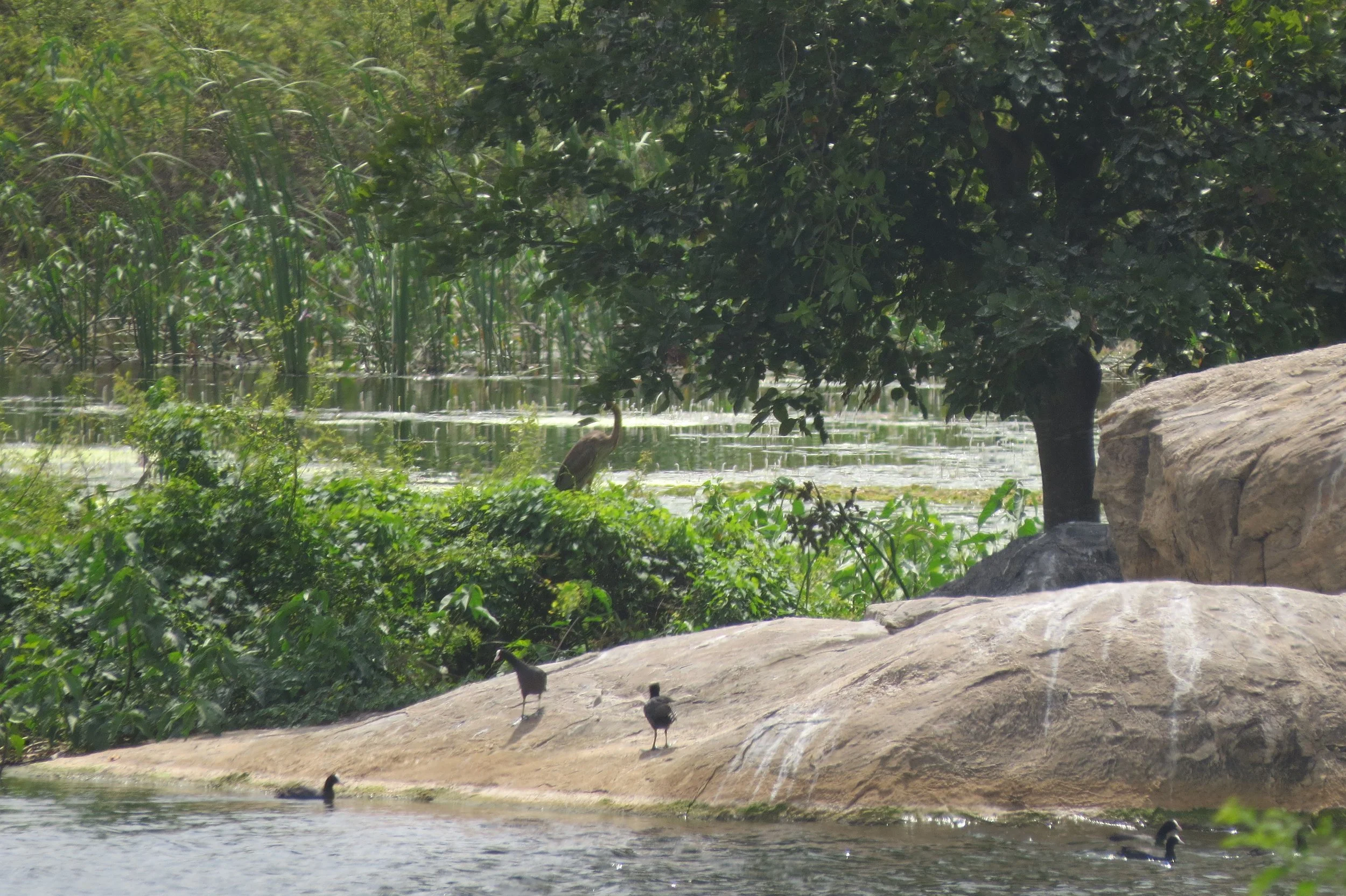Nirant
Shoolagiri, Krishnagiri, Tamil Nadu
(September-December, 2022)
Size: 8 acres
Elevation(m): 806
Annual Rainfall(mm): 811
Climate: Tropical Savanna
Function: Regenerative agriculture, space for learning about regenerative systems
Key features: Syntropic agroforestry Net and pan system with fruit and pollinator guilds-Multifuntional living fence-Riparian Nursery-Bipool Irrigation ponds-Basins-Swales-Contour bunds-Animal shed
Design Team: Varun Behroonani (team lead), Sanjana Radhakrishnan, Kiri Meili, Mandeep SinghImplementation Team: Varun Behroonani, Kiri MeiliA terraced farmland in a valley by a lake left fallow for a couple of years with some wild, rocky groves of native vegetation and fruit trees.
Surrounded by conventionally managed farmlands and greenhouses and adjoining a lake, the vision for this land is to grow into an island of indigenous flora and fauna and serve as a home to the client. Food, water and energy sustainability are also a part of the vision. The client wishes to achieve this over a long time-frame, giving space for experimenting in smaller areas and replicating successes
Once an agricultural field used for growing annuals, this piece of land was left fallow for a couple of years. Pioneer ground covers and grasses took over and started protecting soil from erosion. Implementation of earthworks and planting of guilds and food forests were suggested in small phases, so as not to disturb extensive areas and increase the land's vulnerability to soil erosion.
Wild zones of different kinds and functions were suggested, with some taking the form of dense living fences to act as visual barriers and also to buffer the land from pests escaping from neighbouring fields and others took the form of riparian zones buffering the land from the swell of the neighbouring lake and also acting as a refuge for fauna.








Diverting storm water from a roadside bioswale that runs along the land into a pond.
Pictures show a rock lined chamber before the water travels across the road through underground pipes to enter the land. Inside the land we have a deeper chamber made of blocks for capturing silt, after which water enters the pond.





























